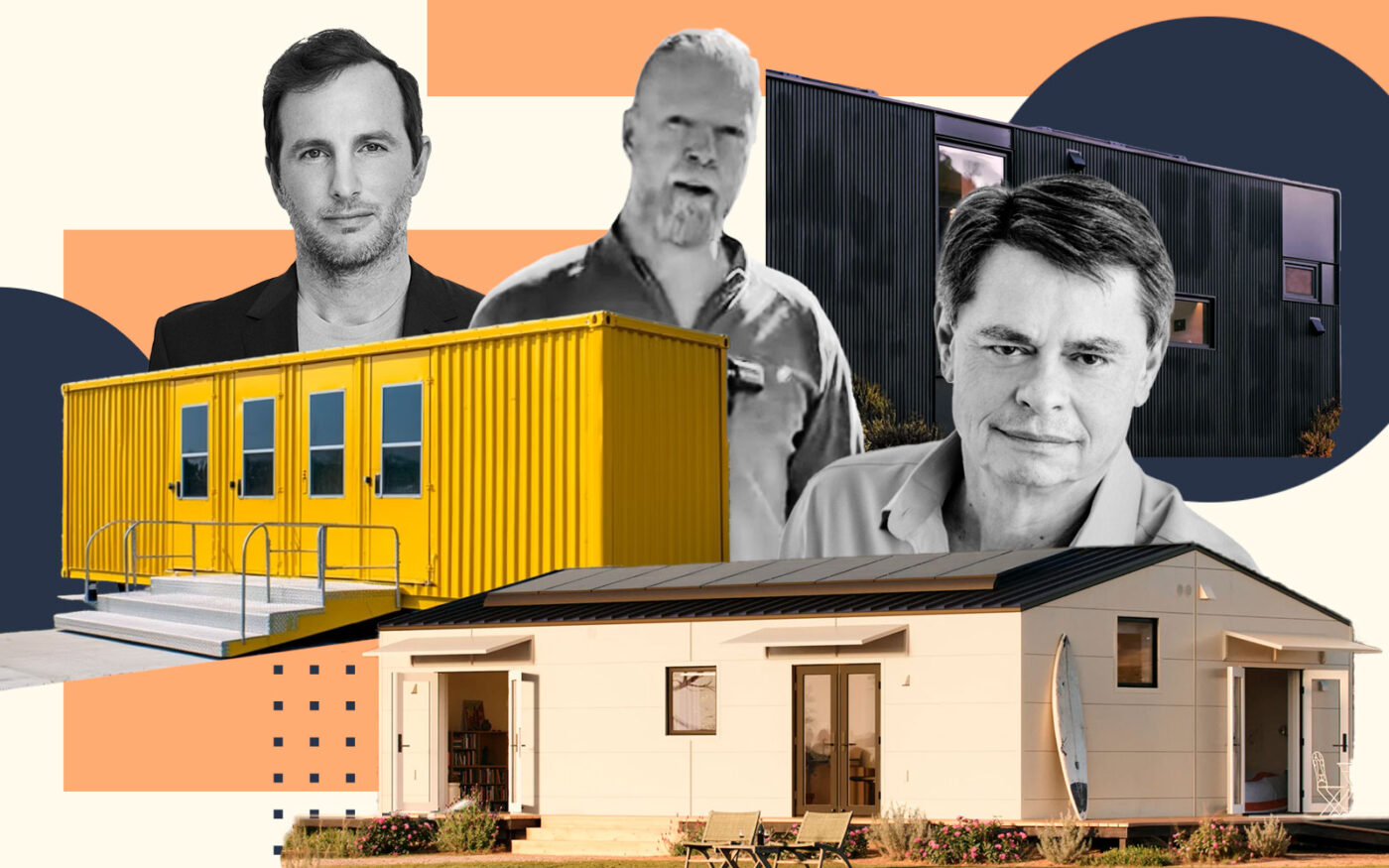Palisades and Eaton fire victims are getting some unique temporary housing thanks to some local prefab construction companies.
Firms like Plant Prefab, Azure Printed Homes and Ark Container Homes have stepped in to help fill the gap for much-needed living structures in the burn zones, the Los Angeles Times reported.
In total, more than 16,000 buildings must be rebuilt across the fire-ravaged areas, but in the meantime, residents need thousands of temporary housing.
Azure created housing units at its Gardena factory using a mixture of fiberglass and recycled plastic bottles — costing a fraction of the cost of concrete. Its robots can 3D-print full-scale homes in just 24 hours, and workers can install innards like insulation, electrical and plumbing in about two weeks.
To boot, the Azure homes built for fire zones will feature fire-rated panels on the exterior. An improved composite formula to make the building more fire resistant is in the works.
In terms of shipping containers, Ark Container Homes has set up steel dwellings in fire zones that can later be used as accessory dwelling units once residents’ main houses get built.
“I want something that lasts centuries,” Joshua Clark, CEO of Ark Container Homes, said. “These disasters are not gonna stop. They’re gonna keep coming at us.”
Plant Prefab, based in Santa Monica, has received more than 250 project inquiries for modular homes since the fires. For many, going down the prefab route feels like a matter of necessity.
“You’ve got thousands of people, the vast majority of [whom] had not planned to build a home, who are suddenly thrust into the position of building one for the first time,” Plant Prefab owner Steve Glenn said. “When people start to do their due diligence, they start to hear about construction delays, cost overruns and quality issues, and often prefab can help address these issues.”
Prefab construction made up just 3 percent of single-family homes in the U.S. in 2023, according to the National Association of Home Builders. But at a time when bureaucratic red tape and high material costs make traditional home-building more arduous, displaced SoCal residents might not have much of a choice.
Amy Bodek, head of the LA County planning department, is happy to see private companies step up in times of desperate housing shortage.
“We’re trying to stabilize a large segment of our population that has been affected by this disaster,” she told the Times. “The faster we can get folks into their own version of shelter, the better we can make sure that the economy is going to be stable and hopefully rebound.”
— Chris Malone Méndez
Read more


